BRITISH CLASSICISM
Reading a recent monograph on the work of John Simpson, I am struck again by the difference between American and British classicism. For one thing, the former is rooted in a much shorter tradition. Moreover, it is a tradition that is, in a sense, academic. Or, at least bookish. In the first instance it derived from (British) pattern books, which were the main source of information for the early colonial builders. Nineteenth-century American classicism, on the other hand, was chiefly the product of the Ecole des Beaux-Arts, where many American architects of that period were trained. Although there were many talented self-taught architects such as Stanford White,

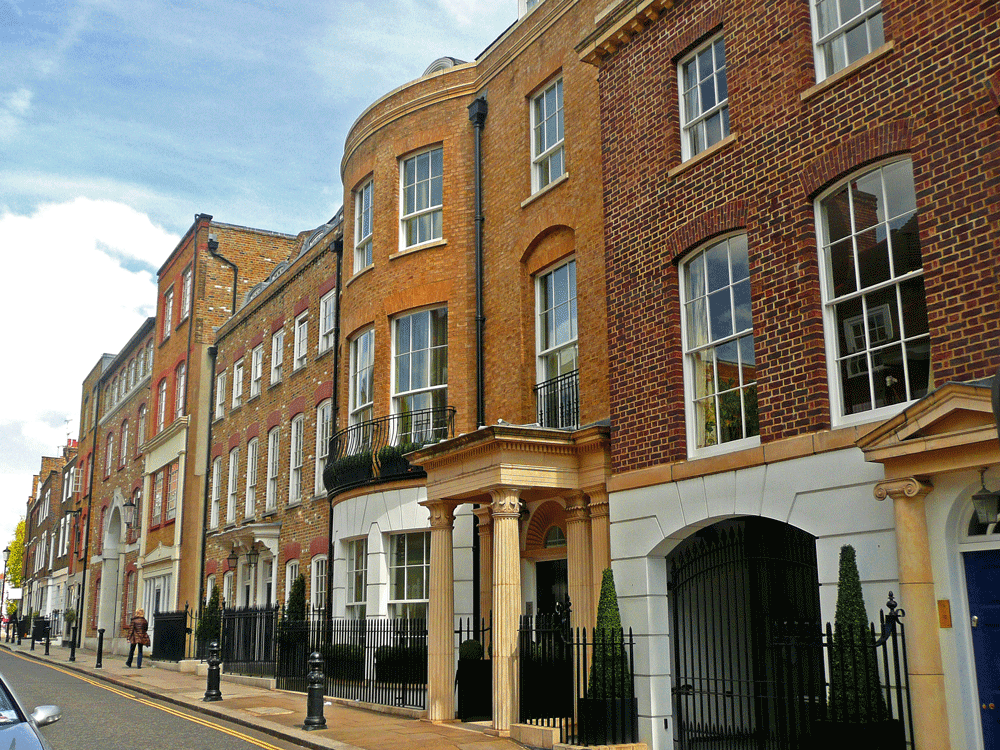
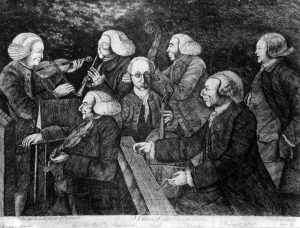 This week the short list was announced for London’s new Center for Music, which will be the future home of the London Symphony Orchestra and the Guildhall School of Music and Drama. The usual suspects include Frank Gehry, Renzo Piano, Norman Foster, and Snøhetta. Traditionalists need not apply; that’s a shame. Léon Krier has recently
This week the short list was announced for London’s new Center for Music, which will be the future home of the London Symphony Orchestra and the Guildhall School of Music and Drama. The usual suspects include Frank Gehry, Renzo Piano, Norman Foster, and Snøhetta. Traditionalists need not apply; that’s a shame. Léon Krier has recently 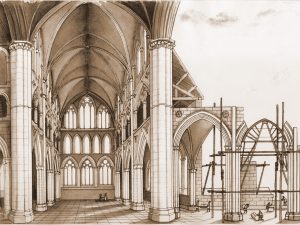 There is a long tradition of architectural research in structures—one thinks of Nervi, Candela, Torroja, and Frei Otto, the pioneers of concrete like Perret, and much earlier the Byzantine and Gothic builders. Architects have sometimes experimented successfully with new building techniques and materials (Rudolph invented striated concrete blocks; Foster was the first to use structural glass fins). But research into how people use buildings is rare. The profession has always recognized the value of so-called post-occupancy evaluation, and the need for knowledge based on how people actually behave in and use buildings. The problem has been that this kind of research is extremely complicated,
There is a long tradition of architectural research in structures—one thinks of Nervi, Candela, Torroja, and Frei Otto, the pioneers of concrete like Perret, and much earlier the Byzantine and Gothic builders. Architects have sometimes experimented successfully with new building techniques and materials (Rudolph invented striated concrete blocks; Foster was the first to use structural glass fins). But research into how people use buildings is rare. The profession has always recognized the value of so-called post-occupancy evaluation, and the need for knowledge based on how people actually behave in and use buildings. The problem has been that this kind of research is extremely complicated,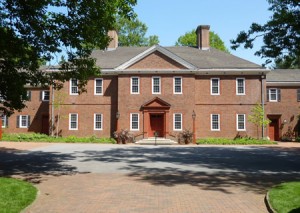 The other day we drove to Mount Cuba, a horticultural center in Delaware. The forest garden is part of an estate built in the 1930s by Lammot du Pont Copeland and his wife Pamela, a branch of the mighty Delaware family. We went to look at the trillium garden, but I was also impressed by the house, a very large Colonial Revival mansion that was completed in 1937. The beautiful brick architecture was exquisite, simple to the point of distillation. The design was the work of Victorine and Samuel Homsey. Samuel (1904-1994), a native of Boston, graduated from MIT and met and married Victorine du Pont (1900-98),
The other day we drove to Mount Cuba, a horticultural center in Delaware. The forest garden is part of an estate built in the 1930s by Lammot du Pont Copeland and his wife Pamela, a branch of the mighty Delaware family. We went to look at the trillium garden, but I was also impressed by the house, a very large Colonial Revival mansion that was completed in 1937. The beautiful brick architecture was exquisite, simple to the point of distillation. The design was the work of Victorine and Samuel Homsey. Samuel (1904-1994), a native of Boston, graduated from MIT and met and married Victorine du Pont (1900-98),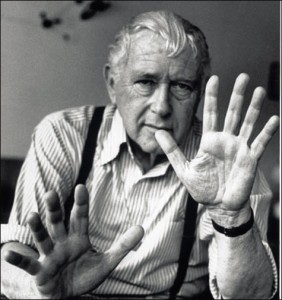 Marcel Breuer built his second house in New Canaan, Ct., in 1951. Known as Breuer House II, it served as the family’s home until 1975 when Breuer, then 73, sold the property. The new owners hired Breuer’s longtime associate Herbert Beckhard, to enlarge the house. Over the years the house experienced more changes and was described as “essentially gutted.” By 2005 it was threatened with demolition. New owners bought the house, removed the additions, restored the interior and doubled its size with a large addition designed by Toshiko Mori. The house is currently for
Marcel Breuer built his second house in New Canaan, Ct., in 1951. Known as Breuer House II, it served as the family’s home until 1975 when Breuer, then 73, sold the property. The new owners hired Breuer’s longtime associate Herbert Beckhard, to enlarge the house. Over the years the house experienced more changes and was described as “essentially gutted.” By 2005 it was threatened with demolition. New owners bought the house, removed the additions, restored the interior and doubled its size with a large addition designed by Toshiko Mori. The house is currently for